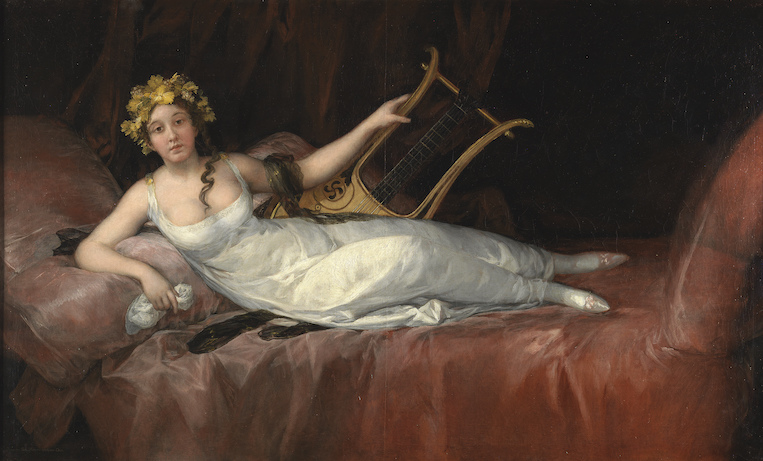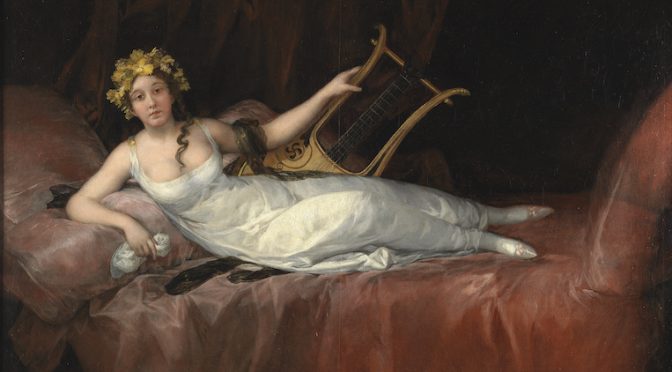It’s perhaps the most iconic Basque symbol. The lauburu — literally four-heads. This curvilinear swastika is ubiquitous in the Basque Country, appearing on store fronts, tombstones, the doorways to baserri, and, now, masks protecting us from COVID-19. If someone wants a Basque-themed tattoo, they often turn to the lauburu for inspiration. But, where does this symbol come from? What are its origins?

- The swastika is, of course, an ancient symbol. While thought to have its origins in India (as does the word swastika itself), it can be found in pre-Columbian America. It is also found in China and Japan. However, the oldest symbols come from further west, dated to the Bronze and Iron Ages. These oldest found so far dates to 10,000 BCE from the Ukraine.
- The ubiquitous appearance of swastika-like symbols around the world led the astronomer Carl Sagan to speculate that there could have been a comet that either broke up or whose tail split into four and curved around it due to its rotation. To him, only a celestial event like, visible across the globe, this would have inspired such a symbol to appear in cultures all around the world.
- The word swastika comes from Sanskrit, meaning “sign of good luck” or “object of good omen.” The swastika has its arms rotating to the right. If the arms rotate the other way, the symbol is technically called a sauvastika and is a sign of bad luck.
- The rectilinear swastika is not unknown in the Basque Country and was relatively wide spread on both sides of the Pyrenees in Roman and pre-Roman times, found on altars for example. However, the use of the swastika, curved or rectilinear, stopped for something like fifteen centuries. This gap makes any relationship between the lauburu and the rectilinear swastika unclear at best. While it is natural to assume such a relationship, there are enough examples of ‘commas’ being put together in various designs that maybe the lauburu was designed independently. A strong argument for this view is that, while the swastika is almost always an isolated symbol, the lauburu is often encircled. This points to an independent origin.
- The oldest example of a lauburu comes from either the late 16th or early 17th century, from the town of Macaya, Nafarroa Beherea. While it is relatively common in the 17th century, it really starts to become popular in the 18th. Most of these earlier uses of the lauburu are from Nafarroa, Nafarroa Beherea, and Lapurdi — none are found in either Bizkaia or Araba.
- While no one really knows where the lauburu comes from, there has been a lot of speculation about its meaning. Sabino Arana thought it was a sun symbol and that it proved that the Basques had been sun worshippers. Some think it represents the four ancient elements of fire, earth, air, and water. Louis Colas argued it was related to the healing profession as it appeared on certain tombs that he suspects belonged to priests or healers of flocks, derived from a magical symbol representing healing. Yet others see a connection to four Basque tribes. Maybe it was simply a decorative symbol. Its true origins are lost to time.
Primary sources: Auñamendi Entziklopedia. Lauburu. Available at: http://aunamendi.eusko-ikaskuntza.eus/es/lauburu/ar-87432/; Wikipedia: Swastika; Wikipedia: Lauburu; El lauburu. Política, cultura e identidad nacional en torno a un símbolo del País Vasco, Santiago de Pablo.


